
Her first film was in 1947 with a bit part in The Shocking Miss Pilgrim (1947). Her next production was not much better, a bit in the eminently forgettable Scudda Hoo! Scudda Hay! (1948). Two of the three brief scenes she appeared wound up on the cutting room floor. Later that same year she was given a somewhat better role as Evie in Dangerous Years (1947). However, Fox declined to renew her contract, so she went back to modeling and acting school.
Columbia Pictures then picked her up to play Peggy Martin in Ladies of the Chorus (1948), where she sang two numbers. Notices from the critics were favorable for her, if not the film, but Columbia dropped her. Once again Marilyn returned to modeling. In 1949 she appeared in United Artists' Love Happy (1949). It was also that same year she posed nude for the now famous calendar shot which was later to appear in Playboy magazine in 1953 and further boost her career. She would be the first centerfold in that magazine's long and illustrious history. The next year proved to be a good year for Marilyn. She appeared in five films, but the good news was that she received very good notices for her roles in two of them, The Asphalt Jungle (1950) from MGM and All About Eve (1950) from Fox. Even though both roles were basically not much mor than bit parts, movie fans remembered her ditzy but very sexy blonde performance.
In 1951, Marilyn got a fairly sizable role in Love Nest (1951). The public was now getting to know her and liked what it saw. She had an intoxicating quality of volcanic sexuality wrapped in an aura of almost childlike innocence. In 1952, Marilyn appeared in Don't Bother to Knock (1952), in which she played a somewhat mentally unbalanced babysitter. Critics didn't particularly care for her work in this picture, but she made a much more favorable impression later in the year in Monkey Business (1952), where she was seen for the first time as a platinum blonde, a look that became her trademark. The next year she appeared in Gentlemen Prefer Blondes (1953) as Lorelei Lee. It was also the same year she began dating the baseball great Joe DiMaggio.

Marilyn was now a genuine box-office drawing card. Later, she appeared with Betty Grable, Lauren Bacall and Rory Calhoun in How to Marry a Millionaire (1953). Although her co-stars got the rave reviews, it was the sight of Marilyn that really excited the audience, especially the male members. On January 14, 1954, Marilyn wed DiMaggio, then proceeded to film There's No Business Like Show Business (1954). That was quickly followed by The Seven Year Itch (1955), which showcased her considerable comedic talent and contained what is arguably one of the most memorable moments in cinema history: Marilyn standing above a subway grating and the wind from a passing subway blowing her white dress up.
By October of 1954, Marilyn announced her divorce from DiMaggio. The union lasted only eight months. In 1955 she was suspended by Fox for not reporting for work on How to Be Very, Very Popular (1955). It was her second suspension, the first being for not reporting for the production of The Girl in the Red Velvet Swing (1955). Both roles went to others. Her work was slowing down, due to her habit of being continually late to the set, her illnesses (whether real or imagined) and generally being unwilling to cooperate with her producers, directors, and fellow actors.
In Bus Stop (1956), however, Marilyn finally showed critics that she could play a straight dramatic role. It was also the same year she married playwright, Arthur Miller (they divorced in 1960). In 1957 Marilyn flew to Britain to film The Prince and the Showgirl (1957) which proved less than impressive critically and financially. It made money, but many critics panned it for being slow-moving. After a year off in 1958, Marilyn returned to the screen the next year for the delightful comedy, Some Like It Hot (1959) with Tony Curtis and Jack Lemmon. The film was an absolute smash hit, with Curtis and Lemmon pretending to be females in an all-girl band, so they can get work. This was to be Marilyn's only film for the year.
In 1960 Marilyn appeared in George Cukor's Let's Make Love (1960), with Tony Randall and Yves Montand. Again, while it made money, it was critically panned as stodgy and slow-moving. The following year Marilyn made what was to be her final film. The Misfits (1961), which also proved to be the final film for the legendary Clark Gable, who died later that year of a heart attack. The film was popular with critics and the public alike.
In 1962 Marilyn was chosen to star in Fox's Something's Got to Give (1962). Again, her absenteeism caused delay after delay in production, resulting in her being fired from the production in June of that year. It looked as though her career was finished. Studios just didn't want to take a chance on her because it would cost them thousands of dollars in delays. She was only 36.
Marilyn made only 30 films in her lifetime, but her legendary status and mysticism will remain with film history forever. So enjoy my posts about her all this week.






















































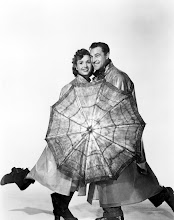_02.jpg)
_01.jpg)













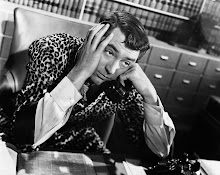_01.jpg)



































_03.jpg)



















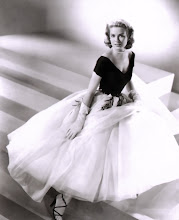_04.jpg)



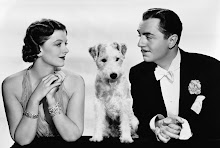_01.jpg)



_01.jpg)
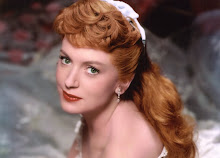_01.jpg)
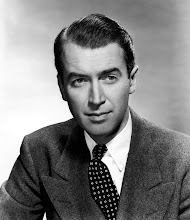_01.jpg)



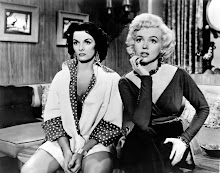_06.jpg)

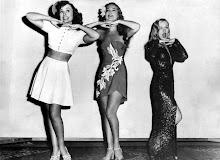_01.jpg)

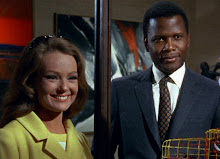_NRFPT_02.jpg)
_01.jpg)





No comments:
Post a Comment